The Greater Yellowstone Network monitors seven natural resource “vital signs” of park health. We selected each vital sign based on multiple criteria, including: How well did it represent the overall health of park resources? How well could it alert us to environmental stressors?
The Greater Yellowstone Network’s monitoring plan and its appendices describe our monitoring strategy in detail. Our two-page vital signs brief provides an overview. Watch a presentation describing our science for the Montana Institute on Ecosystems in 2019.
Click on a vital sign, below, to learn more about our network’s monitoring programs.
Vital Signs
-
 Alpine Vegetation & Soils
Alpine Vegetation & SoilsAlpine vegetation and soils monitoring
-
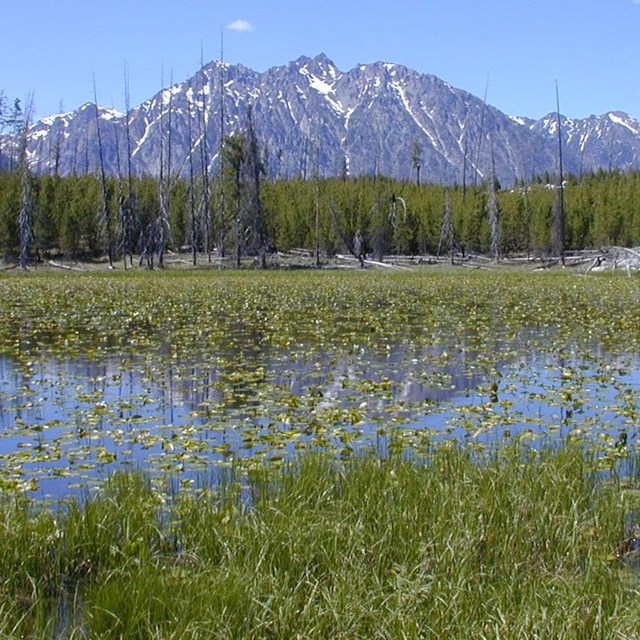 Amphibians & Wetlands
Amphibians & WetlandsAmphibian and wetland monitoring
-
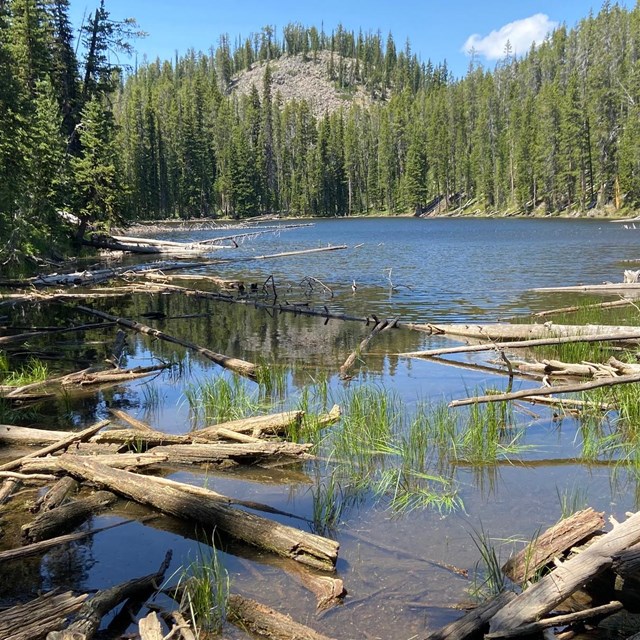 Climate
ClimateClimate monitoring
-
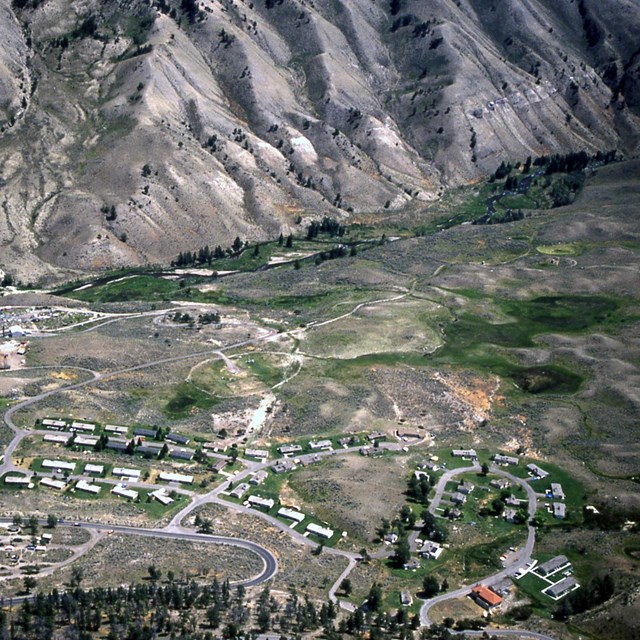 Land Use
Land UseLand cover and land use monitoring
-
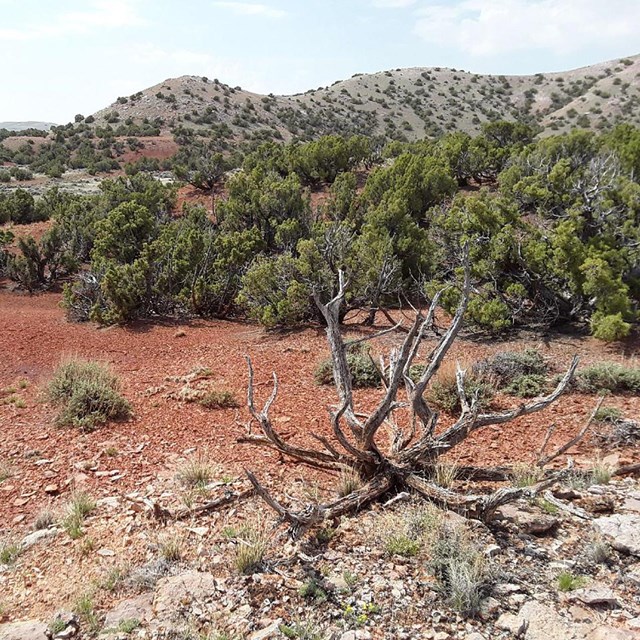 Upland Vegetation
Upland VegetationUpland vegetation monitoring
-
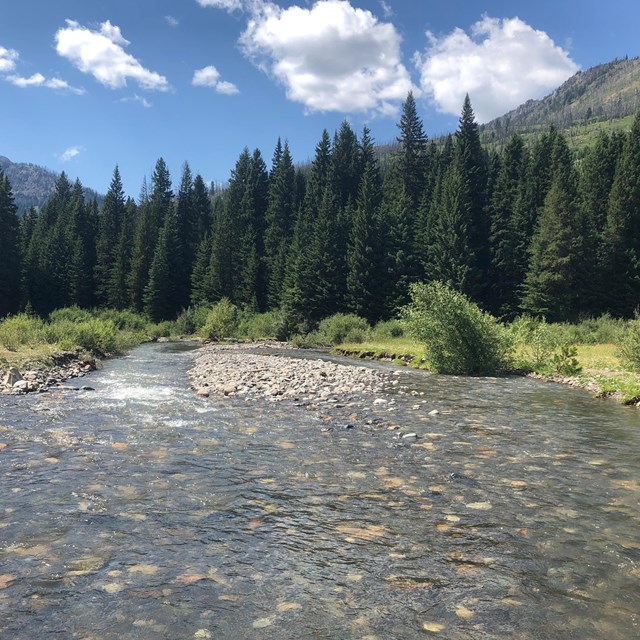 Water Resources
Water ResourcesWater quality and quantity monitoring
-
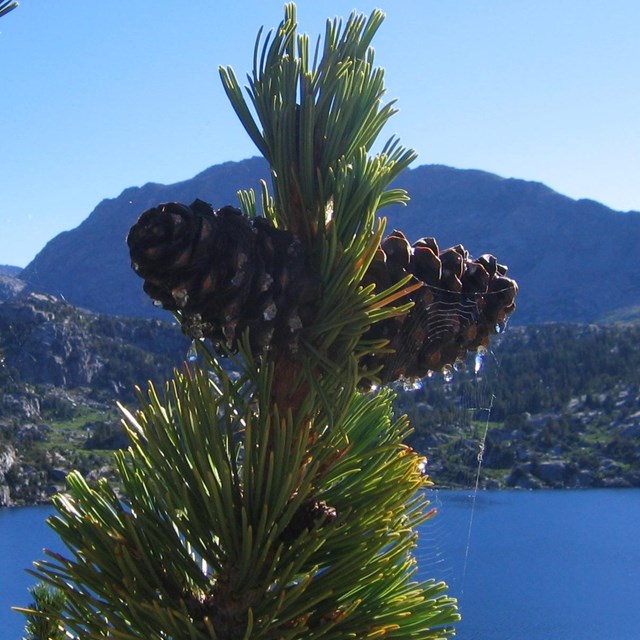 Whitebark Pine
Whitebark PineWhitebark pine monitoring
Last updated: March 21, 2024
